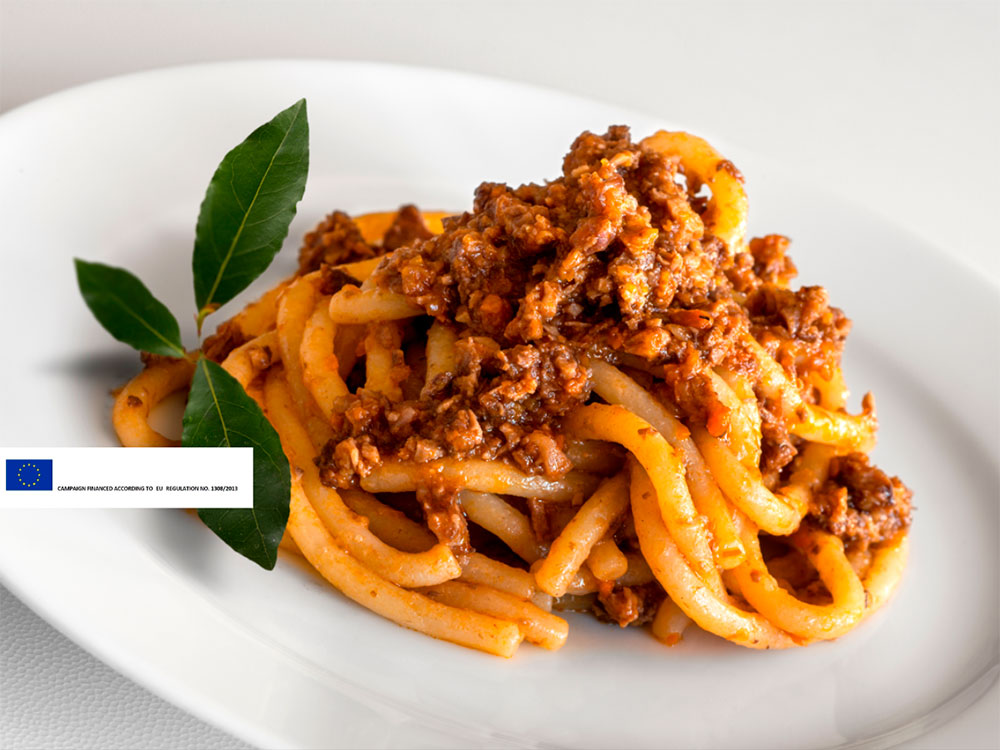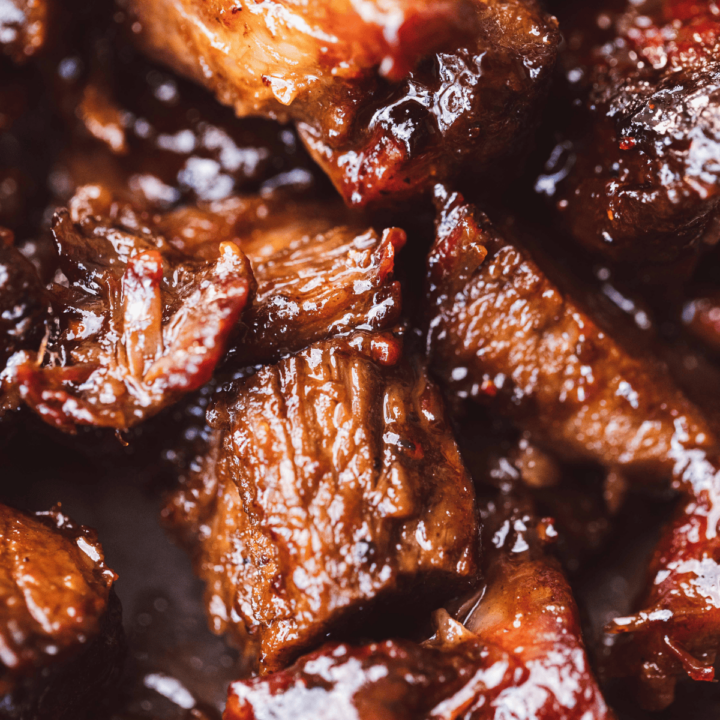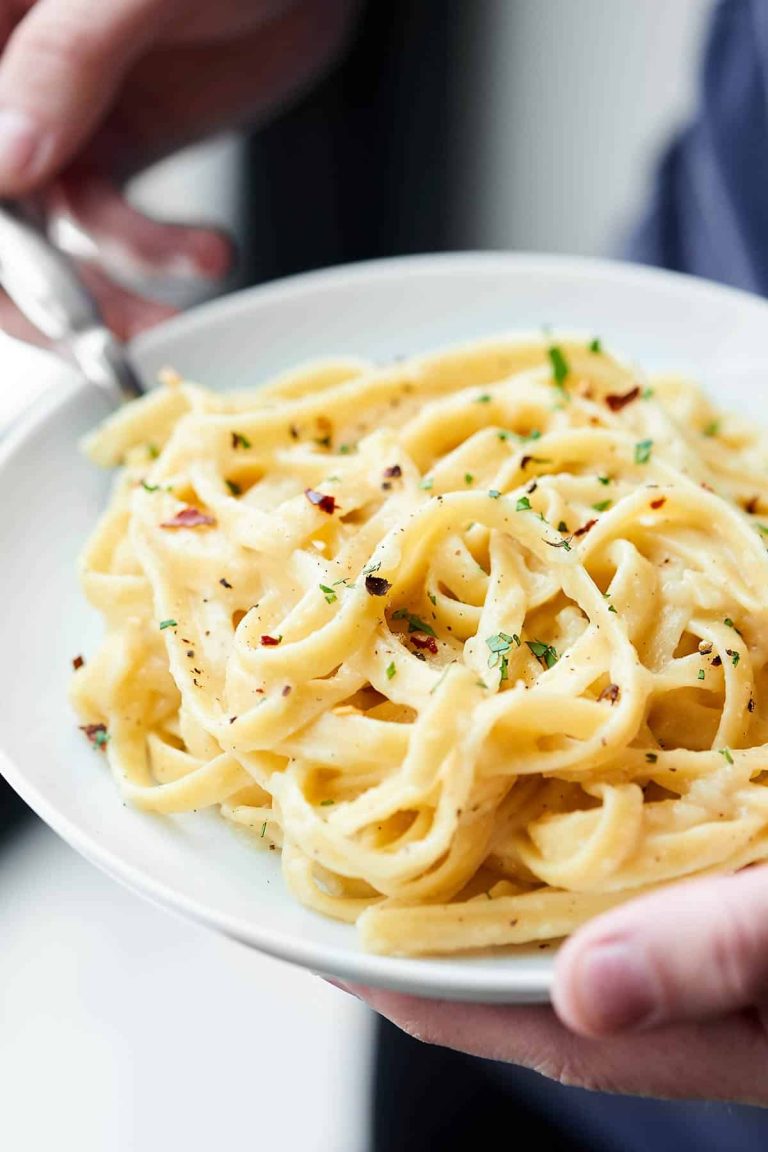Italian Pasta Sauce: History, Recipes, and Perfect Pairings
Italian pasta sauce has deep-rooted origins tied to ancient Roman cuisine. Tomato-based sauces first appeared in the late 17th century after tomatoes arrived in Europe. Initially, these sauces were luxurious additions, reserved for special occasions. Recipes evolved, blending local herbs, garlic, and olive oil to create what many recognize today as traditional sauces. Each historical layer adds richness, making these sauces more than mere accompaniments but culinary heritage.
Regional Variations Across Italy
Italy’s diverse regions have unique pasta sauce styles. In Northern Italy, creamy sauces like Alfredo and white wine-based sauces dominate. Central regions, such as Tuscany, favor hearty meat-based sauces like Ragu Alla Toscana. Southern Italy, including Naples and Sicily, specializes in vibrant tomato-based sauces, such as Marinara and Pomodoro, enriched with local olive oil, basil, and garlic. These variations highlight Italy’s rich culinary landscape, where ingredients and traditions blend to offer a wide array of flavors.
Key Ingredients in Traditional Italian Pasta Sauces
Tomatoes: The Heart of Many Sauces
Tomatoes play a pivotal role in many Italian pasta sauces. Originating from the Americas, these fruits became central to Italian cuisine by the 18th century. You’ll find different types of tomatoes like San Marzano and Roma used in sauces for their low moisture and high pulp content, resulting in rich textures. For instance, Marinara and Pomodoro sauces heavily rely on these tomatoes to provide their distinctive flavors and vibrant red color. Quality canned or fresh tomatoes significantly impact the overall taste of these classics.
Olive Oil and Garlic: Essential Flavor Enhancers
Olive oil and garlic are indispensable in Italian cooking, including pasta sauces. Extra virgin olive oil (EVOO) is preferred for its robust flavor and health benefits. You’ll notice it forms the base in sauces like Aglio e Olio, where it combines with garlic to create a simple yet flavorful experience. Garlic, often sautéed before other ingredients are added, infuses the oil with its aromatic essence, elevating the depth of flavors. This combination adds a foundational taste layer, enhancing everything from light tomato sauces to heavier meat-based ragus.
Popular Types of Italian Pasta Sauce
Marinara Sauce: The Classic Choice
Marinara sauce features tomatoes, garlic, onions, and herbs, creating a simple yet flavorful option. Known for its versatility, it’s used with various pasta shapes and as a base for other recipes. Authentic marinara uses San Marzano tomatoes for a rich, balanced taste.
Bolognese Sauce: A Hearty Meat-Based Option
Bolognese sauce combines ground beef or pork with tomatoes, onions, and carrots, making a robust and satisfying choice. Originating from Bologna, it often includes wine and milk or cream for depth. Traditionally served with tagliatelle or fettuccine, it’s a staple in Italian cuisine.
Carbonara and Pesto: Creamy and Herbal Alternatives
Carbonara sauce blends eggs, pecorino cheese, guanciale, and black pepper, creating a creamy, rich dish. Originating from Rome, it’s typically paired with spaghetti. Pesto sauce, from Genoa, features basil, pine nuts, garlic, Parmesan cheese, and olive oil. It’s a fresh herbal option, perfect for spaghetti or linguine.
Cooking Tips for Authentic Italian Pasta Sauce
The Importance of Simmering
Simmer sauces to unlock deeper flavors. Proper simmering ensures ingredients like tomatoes, garlic, and herbs meld well. Maintain a low heat to avoid burning delicate components. Simmering for 30-60 minutes typically allows flavors to blend harmoniously, though some recipes might require longer. For example, Bolognese sauce often simmers for up to 3 hours. Avoid boiling, which can lead to a harsh taste and uneven texture.
Balancing Flavors Like a Native
Achieve balanced flavors by using fresh ingredients. Tomatoes, olive oil, garlic, and herbs should be high quality. Salt cautiously and taste frequently to adjust seasoning. Avoid overpowering the sauce with too many herbs or spices; simplicity ensures authentic taste. For instance, Marinara sauce uses just tomatoes, basil, garlic, and olive oil. Incorporate a touch of sugar if the tomatoes are too acidic. Finish with a drizzle of extra-virgin olive oil before serving to enhance richness.
Food Pairing Ideas
Best Pasta Shapes for Different Sauces
Matching pasta shapes with the right sauces enhances your dining experience. Long, thin pasta like spaghetti or linguine pairs well with smooth, olive oil-based sauces like Aglio e Olio. These shapes allow the sauce to coat each strand evenly.
Short, tubular pasta like penne or rigatoni works best with hearty, chunky sauces like Bolognese since their shape can capture meat and vegetables in every bite. Shells, like conchiglie, are ideal for thicker, cream-based sauces such as Alfredo or Carbonara, as their cups hold the rich sauce perfectly.
For pesto or other light, herbal sauces, choose twisted shapes like fusilli or rotini. These shapes cling to the sauce, ensuring each bite is flavorful.
Complementary Italian Dishes
Pair Italian pasta sauces with sides that elevate your meal. A fresh Caprese salad, combining tomatoes, mozzarella, and basil with a drizzle of olive oil, complements tomato-based sauces like Marinara or Pomodoro. Serve garlic bread alongside meaty sauces like Bolognese to balance flavors and add texture.
Consider adding a simple green salad with balsamic vinaigrette when serving pesto or other herby sauces. This combination highlights the fresh, bright flavors. For creamy sauces, like Alfredo or Carbonara, roast vegetables like broccoli or bell peppers add a bit of color and crunch.
Including a traditional Italian antipasto platter with cured meats, cheeses, and olives can enhance the overall dining experience without overwhelming your main pasta dish.
Conclusion
Exploring Italian pasta sauces reveals a rich tapestry of history, tradition, and regional diversity. By understanding the origins and key ingredients, you can elevate your culinary skills and appreciate the intricate flavors that define these sauces. Remember to use fresh, quality ingredients and pair your sauces with the right pasta shapes for an authentic Italian dining experience. Whether you’re a seasoned cook or a beginner, mastering these sauces will undoubtedly enhance your appreciation for Italian cuisine. So, roll up your sleeves and start experimenting with these timeless recipes in your kitchen today. Buon appetito!





